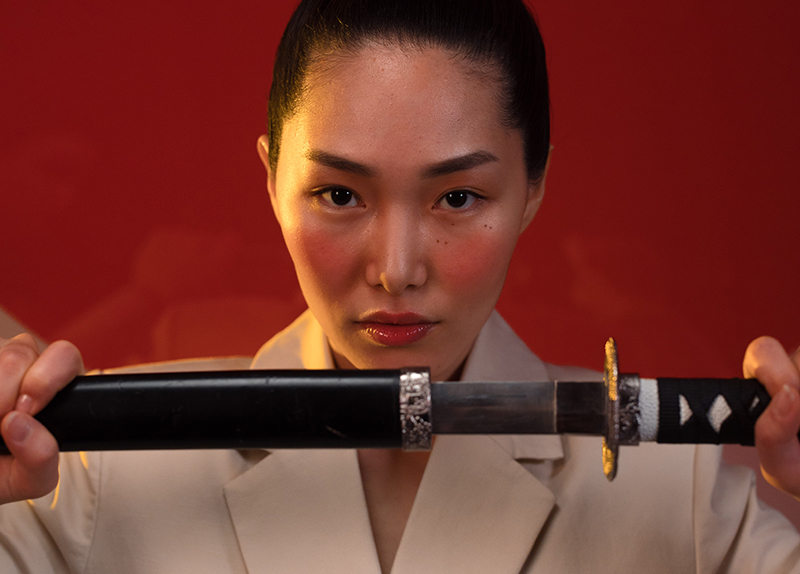The steel used in Japanese katanas and English broadswords is not directly comparable due to the differing manufacturing processes and intended functions of the two types of swords. Warriors in feudal Japan utilized the katana, whereas European knights and soldiers preferred the broadsword.
In order to achieve such extreme hardness, the katana blade was forged using tamahagane steel, which was famous for its high carbon content. This made the blade’s edge exceptionally sharp and sturdy, allowing it to easily through armor and other materials. The spine of the blade, however, was made from more malleable steel, so it could be bent without breaking. The katana’s durability and agility made it a formidable weapon for both cutting and thrusting. A katana’s blade was approximately 60–75 cm (24–30 inches) in length and had a single, curved edge. Blade length, including the handle, was often between 90 and 100 cm (35-39 inches). A Japanese katana is a type of sword that was traditionally used by samurai warriors in feudal Japan. Samurai were members of the Japanese warrior class, who served as retainers to powerful lords or daimyos. The katana was their primary weapon, and they used it for close combat on the battlefield, as well as for self-defense and dueling.
In contrast, English broadswords typically featured blades made from a combination of iron and steel that had been welded together. Swords were strengthened against breaking and chipping by using a combination of hard and soft steel, which was welded together in a specific pattern by master sword smiths. The broadsword was also efficient for both cutting and thrusting thanks to its design, albeit it was more commonly employed in a different fighting technique than the katana. The blade of the English broadsword, sometimes known as a “basket-hilted sword,” was 80 to 100 cm (31 to 39 inches) in length and had two cutting edges. In most cases, the entire length of the blade, including the basket-shaped guard, was no more than 110 centimeters (39-43 inches). The English broadsword was used in the 16th and 17th centuries by soldiers, knights, and duellists in England and Scotland. It was a popular weapon among the military and aristocratic classes and was often carried by officers.
These are just ballpark figures; individual swords and their historical periods may have resulted in slight differences. In addition, a sword’s size was often adjusted to fit its user, with larger blades being used by those who were taller or stronger. Both the katana and the broadsword were, in their respective cultures and contexts, extraordinarily effective weapons. These swords were made of steel with their own particular qualities, but they were both built to last and be deadly in a fight.

